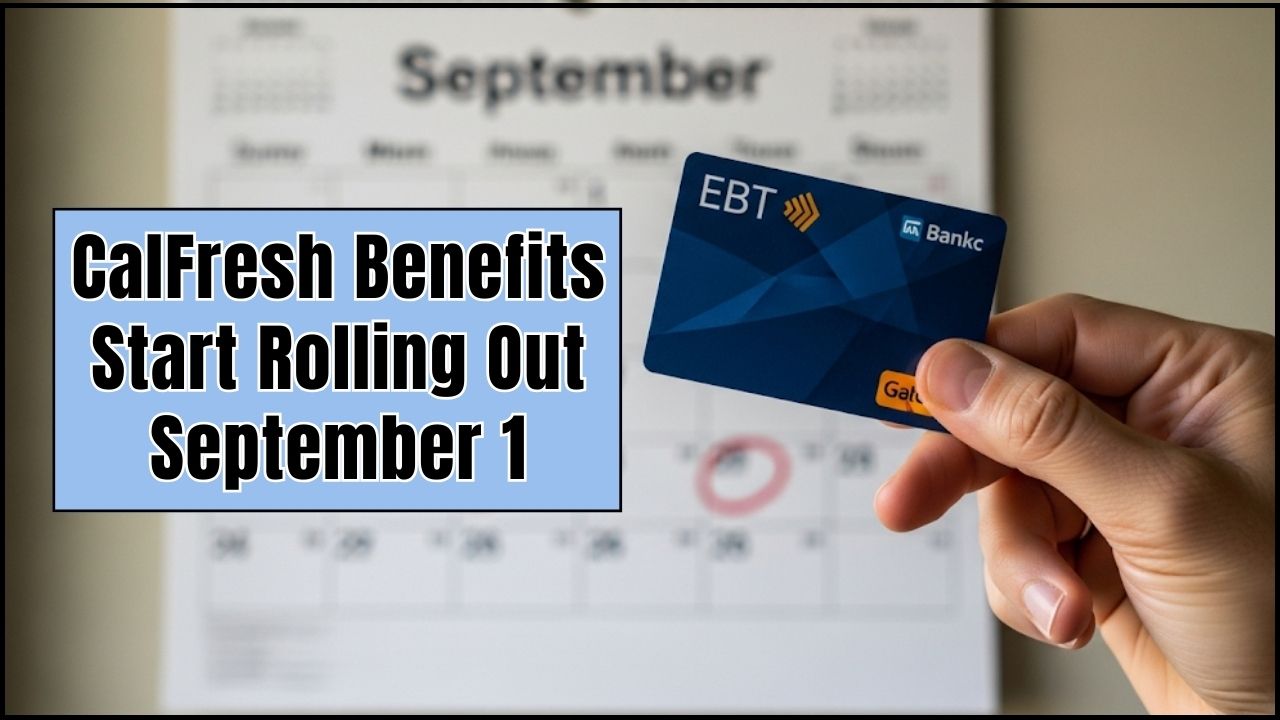If you’re eyeing retirement in 2025, one phrase keeps popping up: Social Security benefits. This monthly check is the reward for decades of work, taxes, and hustle. But here’s the truth: when you decide to claim—whether at 62, 67, or 70—can mean the difference between a modest retirement and a comfortable one.

Think of it this way: claiming early is like pulling corn from the field before it’s ripe—it’ll feed you today, sure, but waiting longer means a fuller harvest that keeps you fed through the winter.
Max Social Security in 2025
| Point | Details (2025) |
|---|---|
| Maximum Social Security Benefit at 62 | $2,831/month |
| Maximum at Full Retirement Age (~67) | $4,018/month |
| Maximum at Age 70 | $5,108/month |
| Difference Between 62 & 70 | $2,277 less per month / $27,324 less per year |
| Break-Even Point | Around age 77–78 |
| Official Reference | Social Security Administration |
Claiming Social Security is one of the biggest money choices you’ll ever make. At 62, you grab the cash early but shortchange yourself for life. At 70, you max out your benefits and set yourself up for stronger financial security, especially if you live into your 80s or 90s.
Like the wisdom passed down from elders reminds us: “Think seven generations ahead.” Waiting on Social Security might not just help you—it could mean leaving more behind for your loved ones.
Why Timing Is Everything
Social Security isn’t just a check—it’s a lifelong promise. The system is designed so you can choose:
- Claim at 62 → smaller checks forever (about 70% of your full benefit).
- Claim at Full Retirement Age (67) → full benefits as earned.
- Claim at 70 → the maximum, thanks to an 8% per year increase after FRA.
That’s like choosing between eating half the pie now or the whole pie later—with whipped cream on top.
The Numbers in Black and White
- Age 62: $2,831/month → $33,972/year.
- Age 70: $5,108/month → $61,296/year.
Difference? $27,324 every single year. Over 20 years, that’s about $546,000 lost by claiming early.
Example: Imagine that money paying for healthcare, travel, or leaving a legacy to your grandkids. That’s not small change.
The Break-Even Point Explained
If you start at 62, you’ll get money sooner, but by the time you reach 77–78 years old, someone who waited until 70 will have collected more in total.
- Live longer than 78? Waiting usually wins.
- Worried about health or family history? Claiming earlier may be smart.
It’s like a relay race—you’ve got to know whether you’re in a sprint or a marathon.
2025 Social Security Benefits: Claiming at 62 vs. 70
| – | Claiming at Age 62 | Claiming at Age 70 |
| Max Monthly Benefit | ~$2,900 | ~$5,100 |
| Why it’s lower | Your benefit is permanently reduced by up to 30% because you’re receiving it for a longer period. | You receive Delayed Retirement Credits for each month you wait past your Full Retirement Age (FRA). |
| Who it’s for | Individuals who need income immediately, have health concerns, or don’t have other retirement savings. | Individuals who can afford to wait, have other income streams, and want the largest possible monthly check for life. |
Historical Perspective: How Benefits Have Changed
- 1935: Social Security was born during the Great Depression. Back then, the average check was only about $22/month.
- 2025: The max benefit is now $5,108/month, reflecting decades of wage growth, inflation adjustments, and increased life expectancy.
This growth shows why patience pays—our elders always say, “The long path often leads to the better hunting ground.”
Lifestyle Impact: What Could You Do With the Extra Money?
Waiting until 70 could mean an extra $27,000+ each year. That could cover:
- Healthcare premiums and prescriptions not covered by Medicare.
- Travel—two cruises, or a trip to see the grandkids every year.
- Home improvements—a safer, more comfortable living space.
- Legacy giving—supporting children, grandchildren, or charities.
Professional Strategies to Maximize Social Security
1. Coordinate with Spousal Benefits
- One spouse claims early, the other waits until 70.
- Maximizes household income and survivor benefits.
2. Mind the Taxes
- Up to 85% of Social Security benefits can be taxable if your income is above $44,000 (married filing jointly).
- Smart withdrawals from IRAs/401(k)s can lower taxes.
3. Pair with Part-Time Work
- If you claim before FRA and still work, benefits are reduced if you earn over $22,320 in 2025.
- Once you hit FRA, no penalty.
4. Plan with COLA in Mind
- Benefits are adjusted annually for inflation. In 2024, retirees got a 3.2% raise. While 2025’s COLA is smaller, it’s still protection against rising prices.
Why People Claim Early (and Why You Might Rethink It)
- Fear that Social Security will “run out.”
- Needing income right away.
- Not understanding how much is lost long-term.
Reality check: Even if the trust fund runs dry by 2035, payroll taxes will still cover about 77% of benefits. It’s not disappearing.
3 Common Mistakes to Avoid When Claiming Social Security
- Claiming without a strategy: Don’t just claim your benefits because you turn 62. Take the time to understand how your decision affects your lifetime benefits.
- Ignoring your spouse’s benefits: For married couples, coordinating when each person claims can maximize total household benefits. The higher earner delaying often results in a larger survivor benefit for the spouse.
- Not knowing your Full Retirement Age (FRA): Your FRA isn’t 65 anymore for most people. Claiming before your FRA results in a permanent reduction, so know your specific age before you act.
Real-World Case Study or Mini Example
Meet John, a 62-year-old with a career that qualifies him for a $2,000 monthly benefit at his Full Retirement Age of 67. John decided to claim early at 62 because he wanted to stop working and start enjoying his retirement immediately. Because of the early claiming reduction, his monthly check is permanently lowered to about $1,400. Meanwhile, his friend Maria, who had a similar earnings history, continued working and delayed her claim until age 70. Her monthly benefit, thanks to the Delayed Retirement Credits, is now over $3,200. While John is happy he retired early, he knows he’s losing out on over $1,800 a month for the rest of his life compared to Maria.
FAQs
Q: What’s the max Social Security benefit in 2025?
A: $5,108/month if you wait until 70.
Q: How much smaller is the check at 62?
A: About $2,277 less per month.
Q: Can I work and claim benefits at the same time?
A: Yes, but if you’re under FRA, earnings above $22,320 in 2025 reduce your benefits temporarily.
Q: Does Social Security adjust for inflation?
A: Yep. Annual COLAs keep up with rising prices.
Q: Should I claim early if I’m worried about dying young?
A: Maybe. If your health is poor or your family history is short-lived, it could make sense. Otherwise, patience usually pays.





